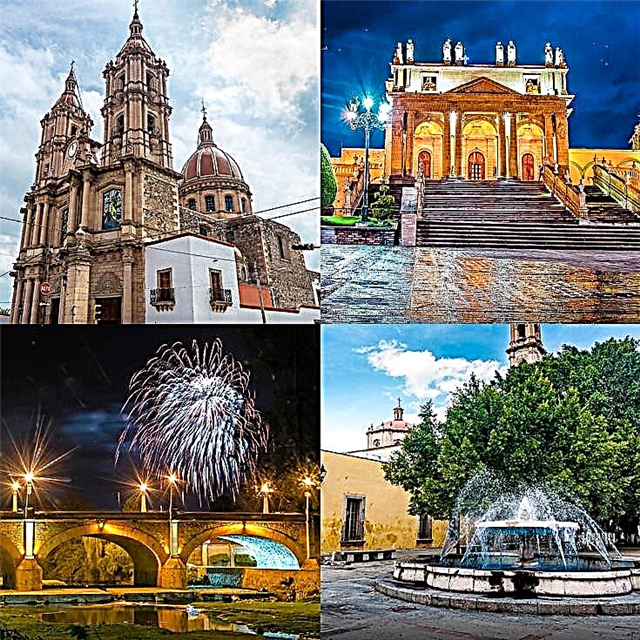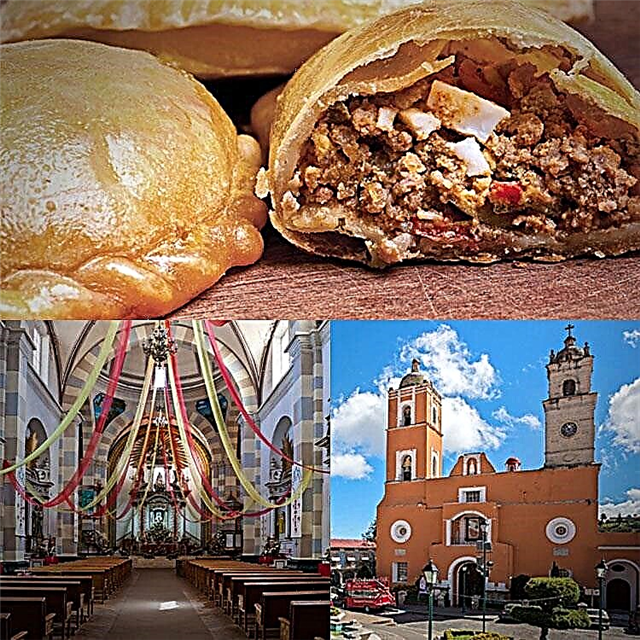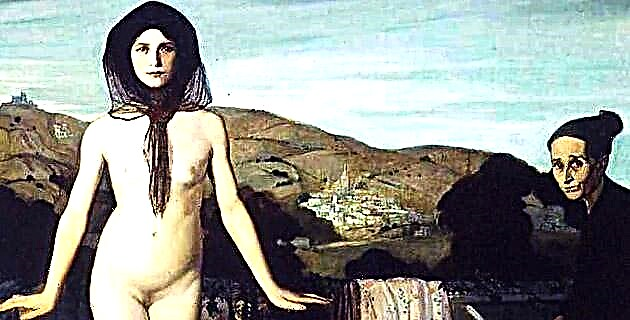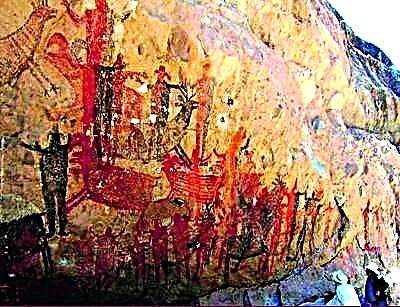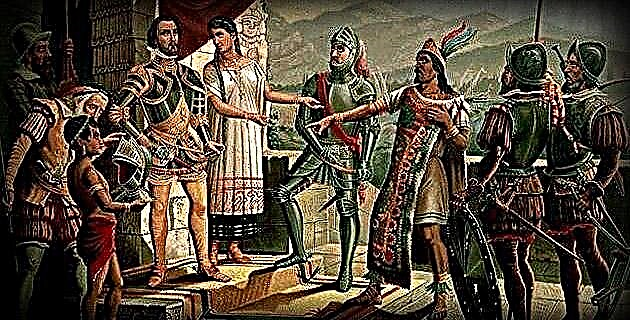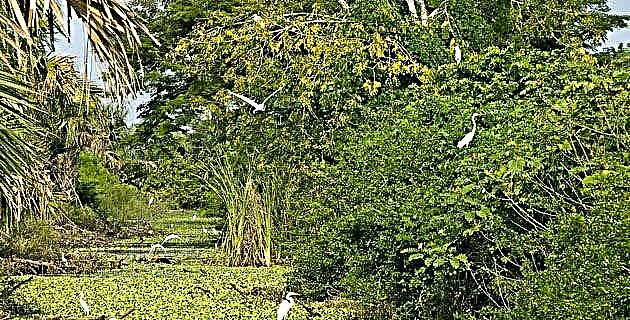
Some time after leaving El Embarcadero de Las Garzas, navigating through a channel that has quite a tunnel between the vegetation, one ends up in the immense mirror of an extensive lagoon.
This is the kingdom of fish and birds. There are thousands and in multiple varieties. It is also the kingdom of water, air and light in its purest form.
If we ever wonder what the country would be like before the European presence, this is one of the answers: the region of the Chiapas estuaries, the semi-liquid territory in which no Spanish conqueror ever set foot. It is the territory of perfect solitude. Loneliness, although only apparent. Apparent, because in this world there seems to be no life, and yet, from sunset to sunrise, darkness is populated with a thousand animal forms, from the crab to the lizard, and from the reptile to the "cat." , as the jaguar is popularly known.
YOUR MIGRATORY BIRDS
The area also has outstanding coastal features where countless species of migratory birds from North America inhabit, such as the white pelican Pelecanus erythrorhynchos, the bucket ducks Anaclypeata, the swallow duck A. acuta, the chalcuán A. Americana and the royal Cairina moschata, the chestnut teals Ana crecca, the pale blue alia A. discorsy la aliazul caféA. cyanoptera; Other birds are the Sandpiper, Limosa fedoa, the Common Agachona, Gallinago gallinago, and the Sandpiper, Tringa solitaria. Other aquatic birds that have a permanent habitat in the region are: the silver gull, Larus argentatus, the western gull, Larus occidentalis, the tern Sterna maxima, the frigate Frigate manificens, the cormorant Phalacrocowx olivaceus, the white ibis Eudocimus albus, the spoonbill Ajaia ajaza and various species of garnet.
THE WILDLIFE
Regarding wildlife, it can be said that in the region there are endemic species and others threatened with extinction, such as the pejelagartoLepisosteus tropicus, the river crocodileCrocodylus moteletti, the caiman Crocodylus acutus, the yellow-faced parrot Amazona autumnalis, the jabirúFalcon Jabirú mycteria pilgrims, the osprey Pandion haliaetus, the gray-breasted hawk, Accipiter bicolor, the snail kite, Rostrhamus sociabil, and the kestrel Falco saparverius; Mammals include the jaguar, Panthera onca, the ocelot, Felis pardalis, the spider monkey, Ateles geoffroyi, the anteater, Tamamandua mexicana, the four-eyed opossum, Philander opossum, and the woolly opossum, Caluromys derbianus, the martucha, Potos flavus, the white-tailed deer, and the white-tailed deer Odoctus, the hundreds of invectusbypus armadillo, and the white-tailed deer. .
DIVING BIRDS
From Las Palmas to La Encrucijada you can see two albatross colonies, those birds that, due to the large size of their wings and their short legs, never go down to the ground because it is impossible for them to take flight; birds that dive like the “needle duck” that swim underwater to fish, chasing the fish that it pierces with its sharp beak making a rapid movement with its neck, like a lunge, and the “diving duck” that growls like a pig and that when he sees a fish that whets his appetite, he jumps into the waters of the estuary, from the branches of the mangrove, where he watches him vigilantly.

